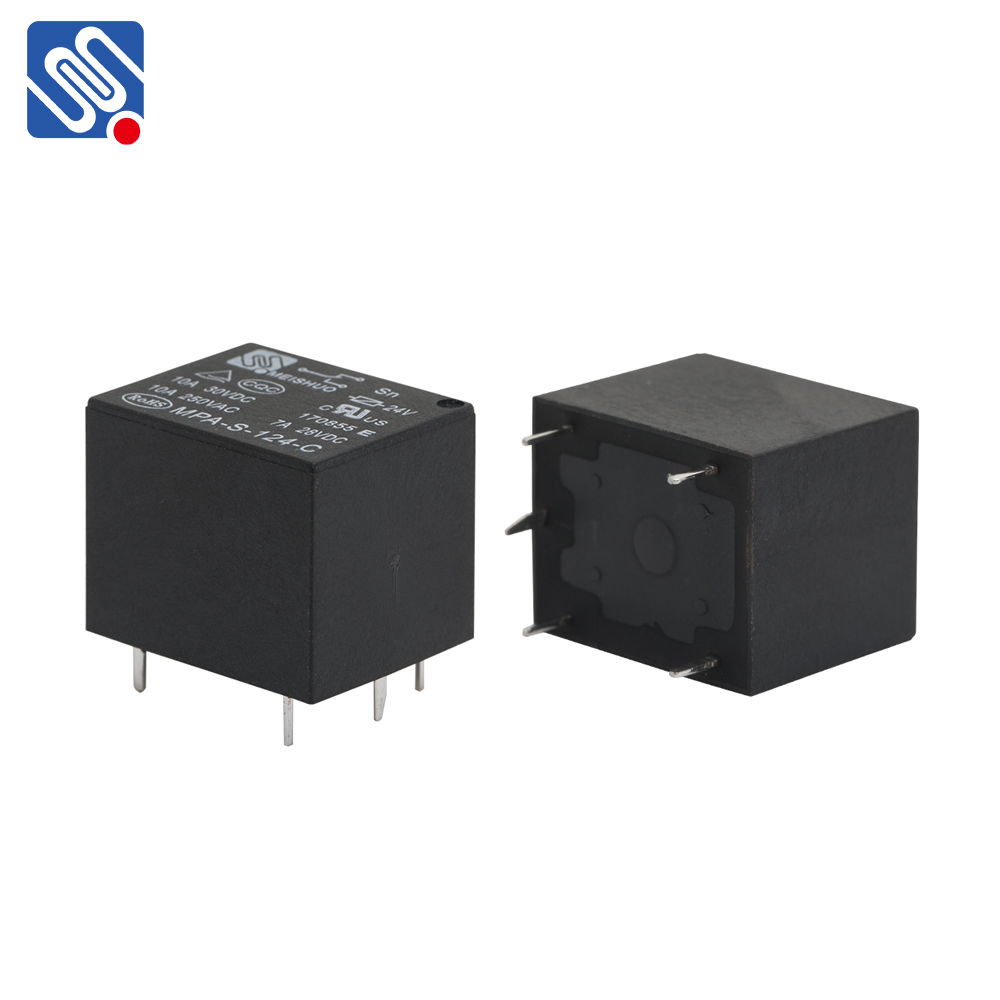understanding the 12 volt relay: applications and functionality
Release time:2025-08-05 23:12:59
A 12-volt relay is a key component in modern electrical systems, widely used in various industries, including automotive, home automation, and industrial applications. It serves as an electrically operated switch that controls high-power devices with a low-power 12V signal. The ability to handle high currents and voltages with a relatively low control voltage makes it an essential element in systems that require power control with minimal resources. This article explores the inner workings, applications, and advantages of 12-volt relays, shedding light on their crucial role in today’s technology.

What is a 12 Volt Relay?
At its core, a 12-volt relay is a type of electromechanical switch that is activated by an electric current. It operates using a 12V direct current (DC) supply, which is typically the voltage used in automotive and some industrial electrical systems. The relay consists of two primary components: the coil and the contacts.
Coil: When a 12V DC signal is applied to the coil, it generates a magnetic field. This magnetic field is what triggers the relay to perform its switching action.
Contacts: These are the parts of the relay that open and close to either complete or break a circuit. The contacts are usually of two types:

